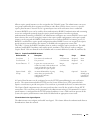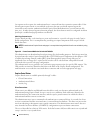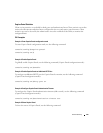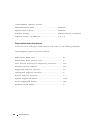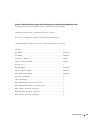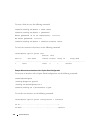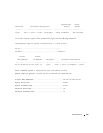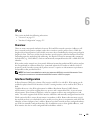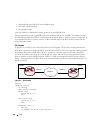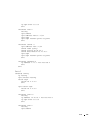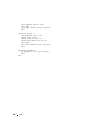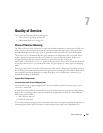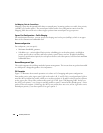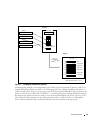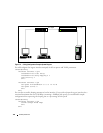
IPv6 135
6
IPv6
This section includes the following subsections:
• "Overview" on page 135
• "Interface Configuration" on page 135
Overview
There are many conceptual similarities between IPv4 and IPv6 network operation. Addresses still
have a network prefix portion (subnet) and a device interface specific portion (host). While the
length of the network portion is still variable, most users have standardized on using a network prefix
length of 64 bits. This leaves 64 bits for the interface specific portion, called an Interface ID in IPv6.
Depending upon the underlying link addressing, the Interface ID can be automatically computed
from the link (e.g., MAC address). Such an automatically computed Interface ID is called an EUI64
identifier.
IPv6 packets on the network are of an entirely different format than traditional IPv4 packets and are
also encapsulated in a different EtherType (contained within the L2 header to indicate which L3
protocol is used). In order to route these packets across L3 requires an infrastructure equivalent to
and parallel to that provided for IPv4.
NOTE: The PowerConnect 6200 Series switch also implements OSPFv3 for use with IPv6 networks. These
configuration scenarios are included with the OSPFv2 scenarios in "OSPF" on page 81.
Interface Configuration
In PowerConnect 6200 Series software, IPv6 coexists with IPv4. As with IPv4, IPv6 routing can be
enabled on physical and VLAN interfaces. Each L3 routing interface can be used for IPv4, IPv6, or
both.
Neighbor discovery is the IPv6 replacement for Address Resolution Protocol (ARP). Router
advertisement is part of the neighbor discovery process and is required for IPv6. As part of router
advertisement, PowerConnect 6200 Series software supports stateless auto configuration of end
nodes. The switch supports both EUI-64 interface identifiers and manually configured interface IDs.
While optional in IPv4, router advertisement is mandatory in IPv6. Router advertisements specify
the network prefix(es) on a link which can be used by receiving hosts, in conjunction with an EUI64
identifier, to auto configure a host’s address. Routers have their network prefixes configured and may
use EUI64 or manually configured interface IDs. In addition to one or more global addresses, each
IPv6 interface also has an auto-configured link-local address which is:



